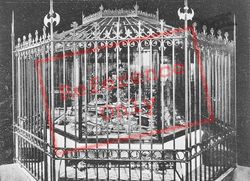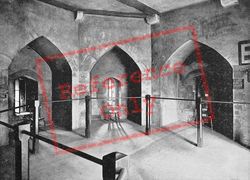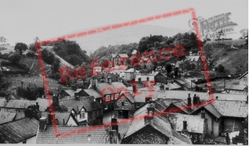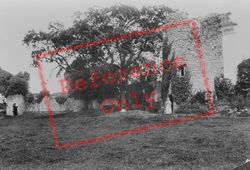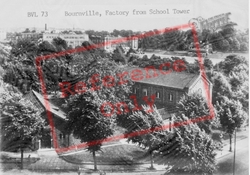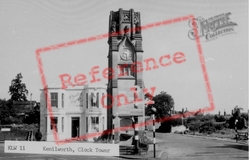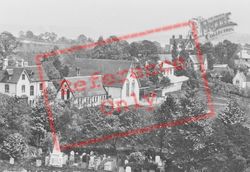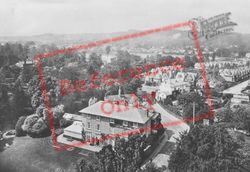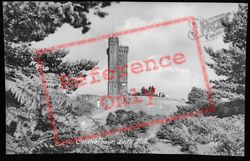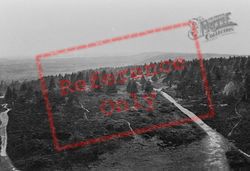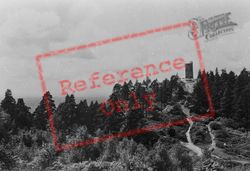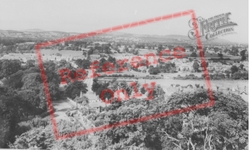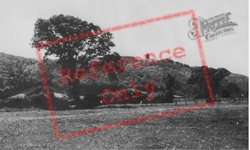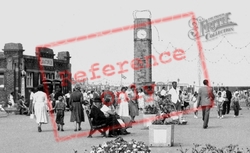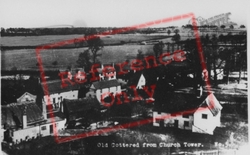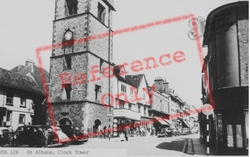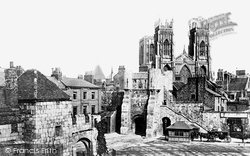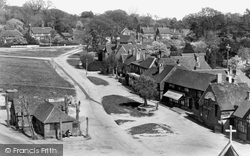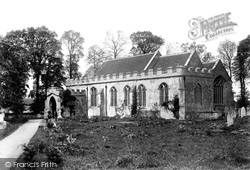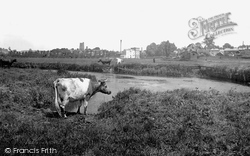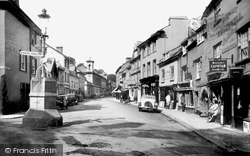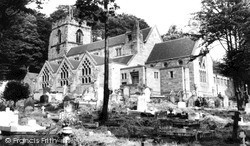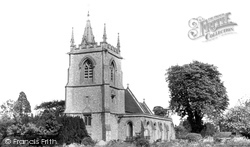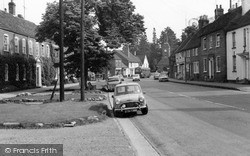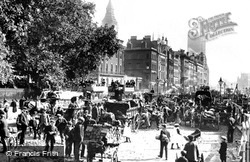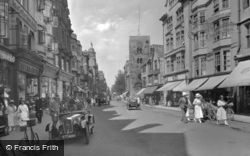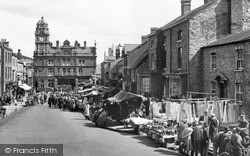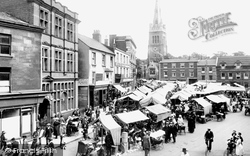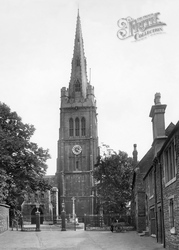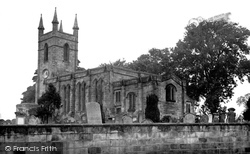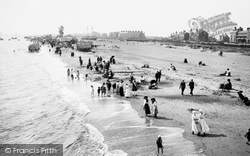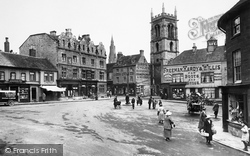Places
36 places found.
Those places high-lighted have photos. All locations may have maps, books and memories.
- Poplar, Middlesex
- Bow, Middlesex
- Bethnal Green, Middlesex
- Stepney, Middlesex
- Alton Towers, Staffordshire
- Isle of Dogs, Middlesex
- Limehouse, Middlesex
- Spitalfields, Middlesex
- Barjarg Tower, Dumfries and Galloway
- Bromley, Middlesex
- Stratford Marsh, Middlesex
- Tower Hill, Merseyside
- Tower Hill, Essex
- St George in the East, Middlesex
- Wapping, Middlesex
- Globe Town, Middlesex
- Old Ford, Middlesex
- Cubitt Town, Middlesex
- Tower Hill, Cheshire
- Tower Hill, Surrey
- Bow Common, Middlesex
- Mile End, Middlesex
- Millwall, Middlesex
- Ratcliff, Middlesex
- Warmley Tower, Avon
- Tower Hill, Hertfordshire
- Tower End, Norfolk
- Tower Hamlets, Kent
- Tower Hill, Devon
- Tower Hill, West Midlands
- Blackwall, Middlesex
- North Woolwich, Middlesex
- Hackney Wick, Middlesex
- Shadwell, Middlesex
- South Bromley, Middlesex
- Tower Hill, Sussex (near Horsham)
Photos
1,787 photos found. Showing results 1,721 to 1,740.
Maps
223 maps found.
Books
1 books found. Showing results 2,065 to 1.
Memories
637 memories found. Showing results 637 to 637.
Captions
3,007 captions found. Showing results 2,065 to 2,088.
The stone-arched building on the right was the postern tower built in 1497 on St Mary's Abbey walls; it is now an office for First York Buses.
This view is taken from the tower of St Mary's church on the other side of the A283, looking past the old forge with its heavily- pruned lime tree.
The tower, in ruins here, was rebuilt in 1923, and the bells were re-hung in 1925.
Ahead is the Water and Roller Mill, and to the left is the tower of St Gregory's Church, with the workhouse, or Sudbury Union, now Walnut Tree Hospital, in between.
The Town Hall (centre left, with the bell tower) was built by Lord Clinton in 1850 to replace the wooden 16th-century structure which stood at the Bull Ring.
St Michael's church stands on Church Road close to Lower Green. Its predecessor was an important medieval church, but it was almost totally destroyed by fire in 1950, sad to say.
The pinnacled tower of Oakley church has a sturdy staircase turret, a fine Tudor doorway, and a memorial window to William Warham, a local boy, reputedly born at nearby Malshanger House, who
Beyond is the clock tower.
The tower of the 14th- century St Mary`s Church, surprisingly positioned some way from the town centre, rises above the graceful Georgian frontages along this throughfare.
The building to the right of the clock tower is now Mallards Restaurant, and the next one along is still the Prince Regent.
On the extreme right an area has been cordoned off with barriers, and beyond are the towers of hoists and cranes.
Below the towering cathedral are beautiful woodlands, still threaded with a maze of footpaths. The picturesque building below the cathedral is the old fulling mill, standing beside its weir.
The area around the shot tower on the right became the site of the Festival of Britain in 1951. The river traffic is also history.
The most striking building amid the shops is the rough-hewn late Anglo-Saxon tower of St Michael's Church, with its two tiers of paired belfry windows.
Overlooking the scene is the grand building and clock tower housing Barclays Bank.
The whole scene is overlooked by the tower and steeple of St Peter and St Paul's church.
The Perpendicular tower is 179 feet high, with a battlemented spire. There are four stages with the upper, bell stage, having three openings.
He became so concerned by the loss of seamen in local wrecks that he erected the Tower of Refuge in Douglas Bay.
Dobson restored the chancel and nave and added a north aisle and the west tower. A porch was added in 1844.
The church is dedicated to St Osmund and has a 15th-century tower, although most of the fabric is from about 1840.
The church tower belongs to the church of St Peter At Arches, demolished in 1933.
Here we see the funfair actually on the sands above the high water mark, including a helter-skelter tower.
In this view, the photographer looks south-east back past the corner of High Street to St John's Street and St John's 15th-century west tower. To the left is St Mary's Church spire.
The central tower was built in 1540-45, and was designed so that guns could be mounted on the roof as well as on the two gun decks inside.
Places (38)
Photos (1787)
Memories (637)
Books (1)
Maps (223)





